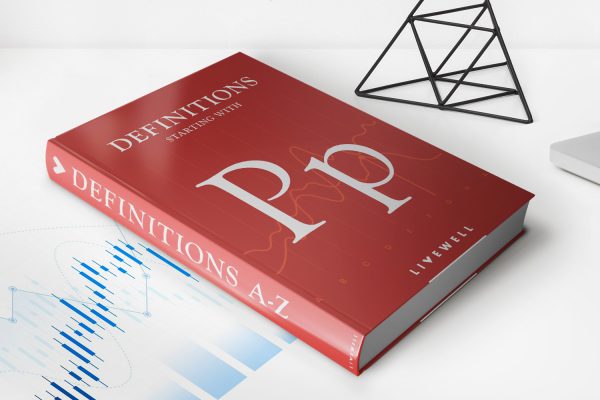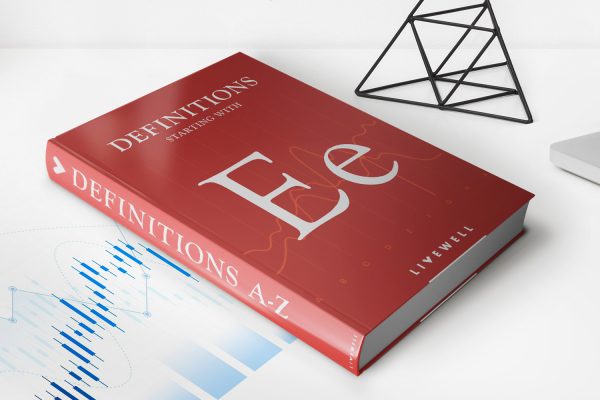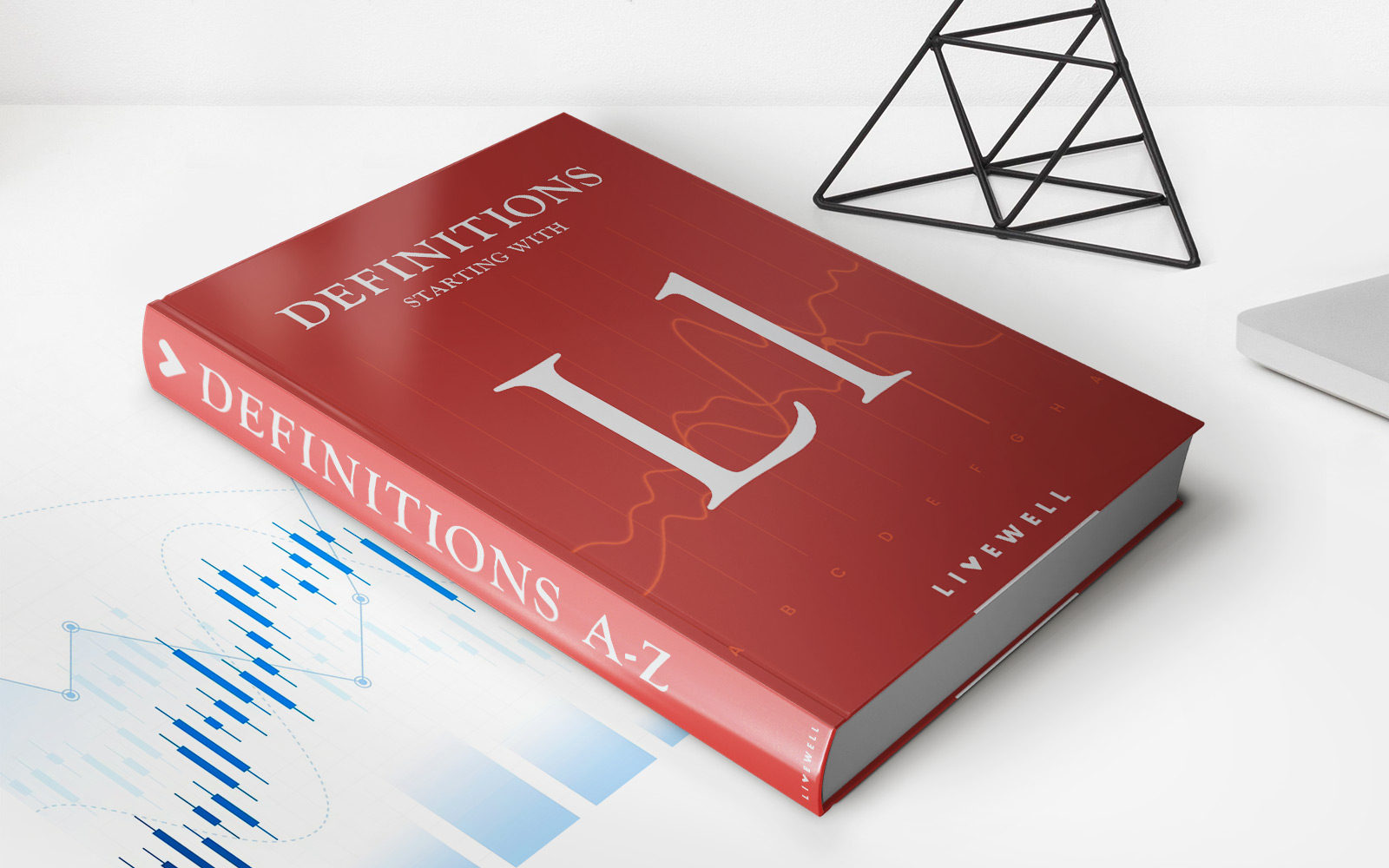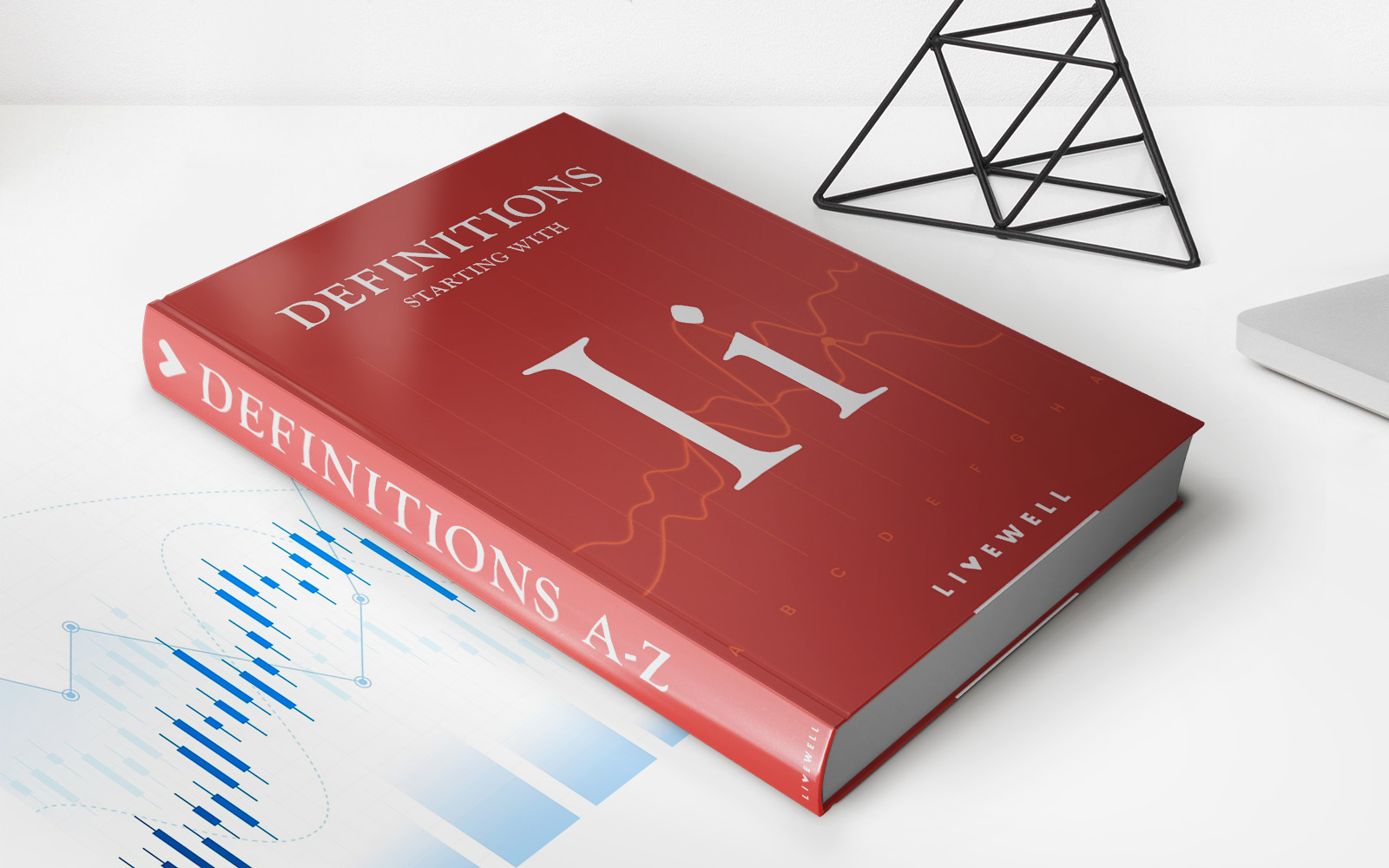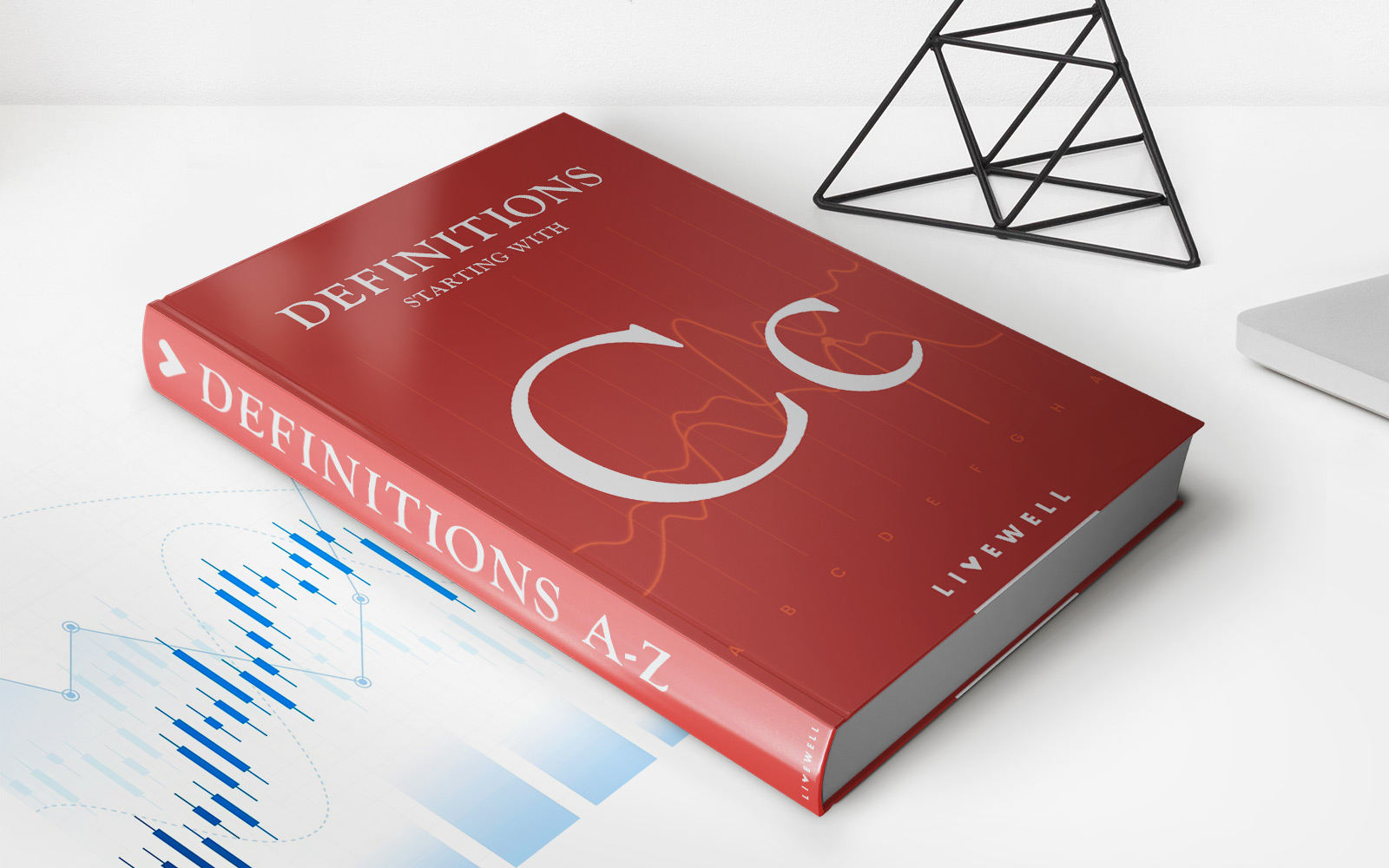Home>Finance>Waiting Period: Definition, Types, And Examples
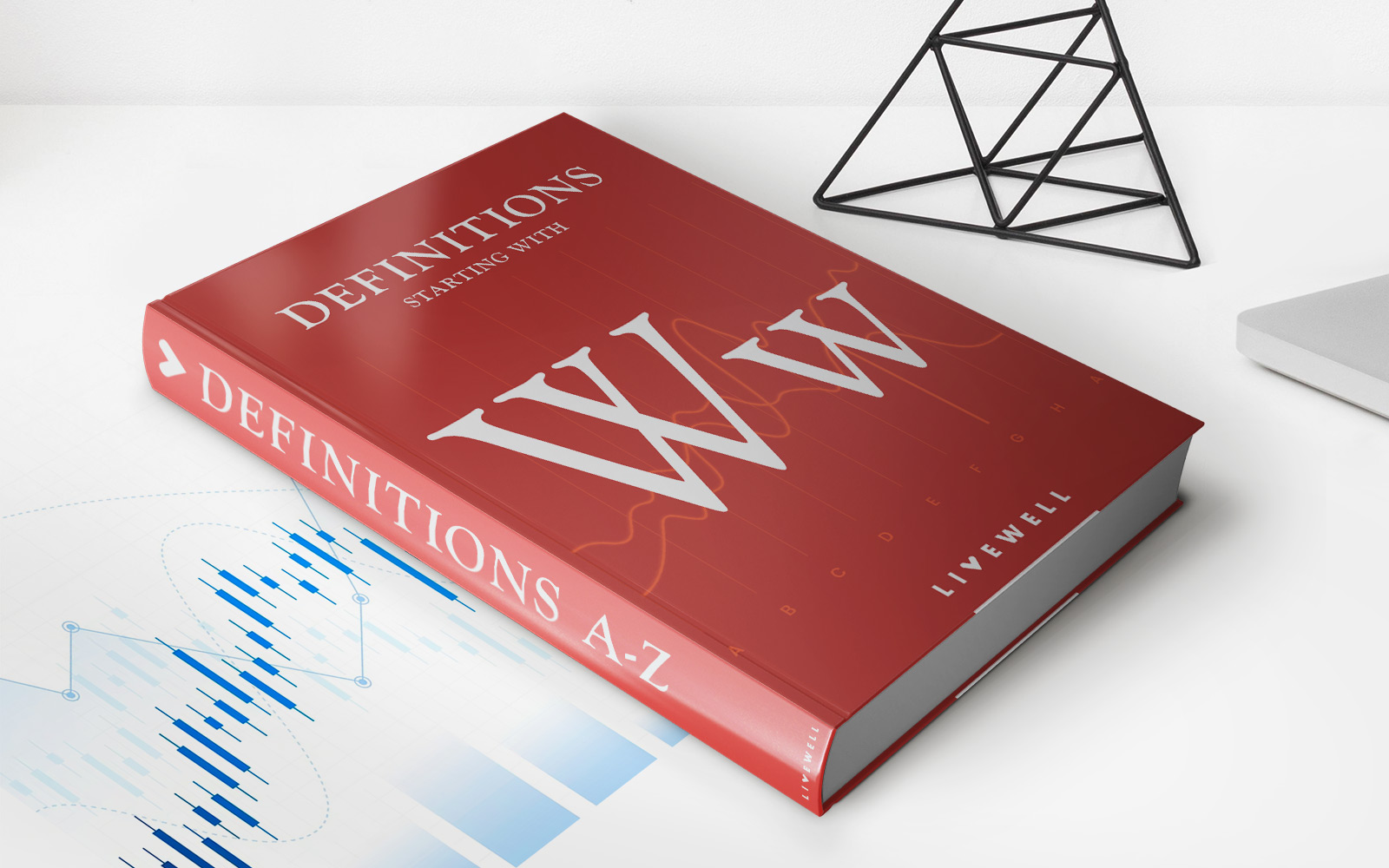

Finance
Waiting Period: Definition, Types, And Examples
Published: February 17, 2024
Learn about the definition, types, and examples of waiting periods in finance. Understand how they impact various financial transactions and decisions.
(Many of the links in this article redirect to a specific reviewed product. Your purchase of these products through affiliate links helps to generate commission for LiveWell, at no extra cost. Learn more)
Waiting Period: Definition, Types, and Examples
Welcome to the Finance category of our blog! In this post, we will dive into the concept of waiting periods, which play a crucial role in various financial matters. Whether you’re applying for insurance or starting a new job, understanding waiting periods can help you make informed decisions.
Key Takeaways:
- A waiting period is a specified amount of time that must elapse before certain benefits or coverage become effective.
- Waiting periods can vary depending on the type of benefits or services being considered, such as health insurance, disability insurance, or employment benefits.
What is a waiting period?
A waiting period, in finance, refers to a predetermined span of time that you must wait before certain benefits or coverage become active. It is a common practice utilized by insurance providers and employers to manage risk and avoid potential misuse or abuse of benefits or services. Waiting periods can vary in duration and typically start from the date of enrollment or the occurrence of a triggering event.
Types of Waiting Periods:
Waiting periods can have different purposes and rules, depending on the context in which they are applied. Here are a few common types of waiting periods:
- Health Insurance Waiting Period: When enrolling in a health insurance plan, you may encounter a waiting period before certain services, such as pre-existing conditions coverage or elective procedures, are covered. This waiting period ensures that individuals do not sign up for insurance only when they require immediate medical attention.
- Disability Insurance Waiting Period: Disability insurance policies often include a waiting period, also known as an elimination period, before claimants are eligible to receive benefits. During this time, the individual must be unable to work due to a disability to qualify for compensation.
- Employment Benefits Waiting Period: Many employers offer benefits packages to their employees, such as health insurance, retirement plans, or paid time off. These benefits may have a waiting period before new employees become eligible to receive them. This period allows employers to gauge employee commitment and minimize turnover.
Examples of Waiting Periods:
To better understand how waiting periods work, let’s consider a couple of examples:
- Example 1: John recently started a new job. His employer has a 90-day waiting period before employees can enroll in the company’s health insurance plan. This means that John will have to wait for 90 days from his hire date before he can access the health insurance benefits offered by his employer.
- Example 2: Sarah is considering purchasing disability insurance. The policy she is considering has a waiting period of 30 days. If Sarah were to experience a disability during this period, she would not be eligible to receive any benefits. However, if she becomes disabled after the 30-day waiting period, she would qualify for the benefits specified in her policy.
Understanding waiting periods is essential for making informed financial decisions. Be sure to carefully review the terms and conditions of any insurance policies or employment contracts to determine the length and conditions of the waiting period involved.
Thank you for joining us in exploring the world of waiting periods in finance. We hope you found this information helpful! Stay tuned for more enlightening articles in our Finance category.




